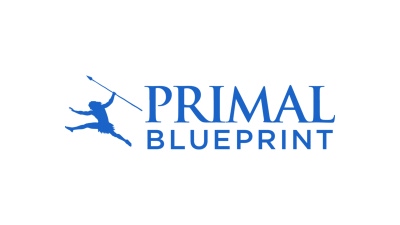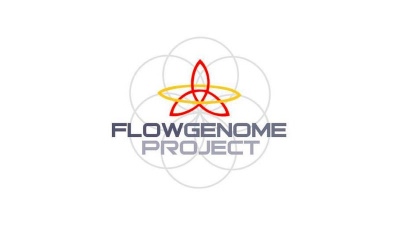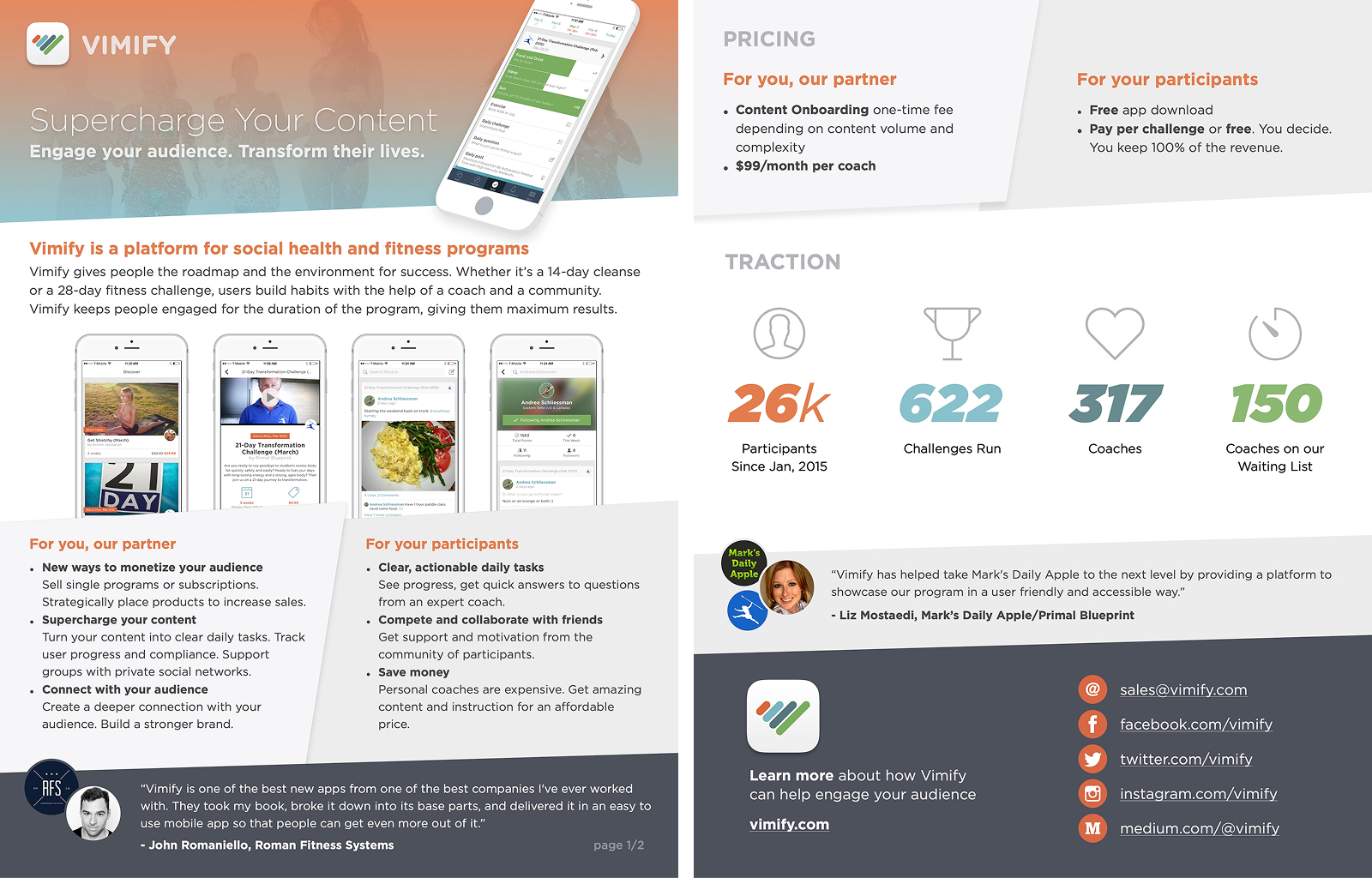Vimify Case Study
Scaling Habit Change Through Community-Based Coaching

Project Snapshot
Vimify
Health & Wellness
March 2013 - October 2020
Co-founder, Product Lead, Frontend Engineer
Ruby on Rails, Backbone.js, PostgreSQL, Cordova
Product Strategy, Mobile Development, User Research, Growth Strategy
Summary: Vimify was a mobile-first platform that enabled wellness coaches to scale their impact by running cohort-based habit formation challenges. It combined content delivery, habit tracking, and community support in one app.
The Problem
Wellness coaches often hit a ceiling on how many clients they could serve one-on-one. Meanwhile, content creators struggled to translate their advice into real behavior change. People consumed self-help content but didn't take action. There was no structured way to implement healthy habits at scale.
Who was affected
Fitness, mindfulness, and wellness coaches (and their clients).
Why it mattered
Sustainable behavior change happens best in a supportive community, with guidance and accountability.
Context & Constraints
We bootstrapped Vimify from the ground up... just two founders building, testing, and growing the product.
The mobile app boom was in full swing, and wearable devices like Fitbit and the Nike FuelBand were hot, but most users didn't stick with them.
We saw an opportunity to build software that made sense of these tools, structured behavior change, and created scalable business models for coaches.
My Role & Team
As co-founder and product lead:
- I owned product strategy, UX/UI design, and frontend engineering for both mobile and desktop.
- I partnered closely with my co-founder, Marko Vasiljevic, who led backend development and finance.
- We jointly managed go-to-market efforts, coach onboarding, and long-term product direction.
Notable Partnerships

Primal Blueprint
Ran monthly 21-day transformation challenges on Vimify for 7+ years.

Top Beachbody Coaches
Used Vimify to engage their downline, offering a structured experience to help sell Shakeology.

Flow Genome Project
Ran high-engagement group challenges using the platform to help people find their flow state.
Solution Approach
The Product
We designed Vimify as a mashup between a Facebook group and a to-do list, purpose-built for challenges like:
- Whole30-style diet programs
- Fitness bootcamps (e.g., 21-day Murph challenge)
- Mindfulness or personal development journeys
Participants joined time-boxed "challenges" led by coaches, with tasks, habit tracking, group chats, and accountability baked in.

Business Model
Coaches charged users directly for each challenge. We took no revenue share. Instead, coaches paid a flat $99/month.
Iteration & Pivot
Our first version focused on syncing wearable device data and competitive leaderboards.
We quickly learned that wearable device engagement was short-lived and unreliable. Most users stopped wearing them.
We pivoted to emphasize coaching, content delivery, and manual + passive logging, while keeping wearables optional.
Technical Highlights
- Cross-platform codebase: one codebase ran seamlessly across web and iOS + Android (via Cordova).
- High performance UI: Our mobile UI was fast, fluid, and animated at 60fps (very rare for JavaScript apps in 2014).

Vimify one-sheet from the 2015 IDEA World Expo
Outcome & Impact
Total Revenue
Users
Paying Coaches
Acquired
This project was a turning point in my career. I got to usher Vimify through each stage from inception to exit. I evolved from an engineer into a product leader and strategist.
Lessons Learned
Biggest Takeaway
Start with one customer and understand their entire world.
We tried to build for too many types of users: coaches, content creators, influencers. This ended up diluting our focus.
What We Got Wrong
We didn't do enough customer discovery in the early days.
We built features based on assumptions and confirmed our own biases.
Some content creators weren't truly invested in helping users succeed; they just wanted to sell more content and products. That misalignment caused retention issues and pulled the product roadmap off course.
What I Carry Forward
Just because you can build a feature doesn't mean you should.
Every feature adds complexity and debt.
Great product management means understanding user pain deeply, validating rigorously, and shipping lean and often.
Today, I start with user interviews, define success metrics upfront, and prioritize ruthlessly... all habits forged from building Vimify.
Curious About Vimify?
If you're building a platform, scaling community-led experiences, or want to create real behavior change at scale, I'd love to talk.